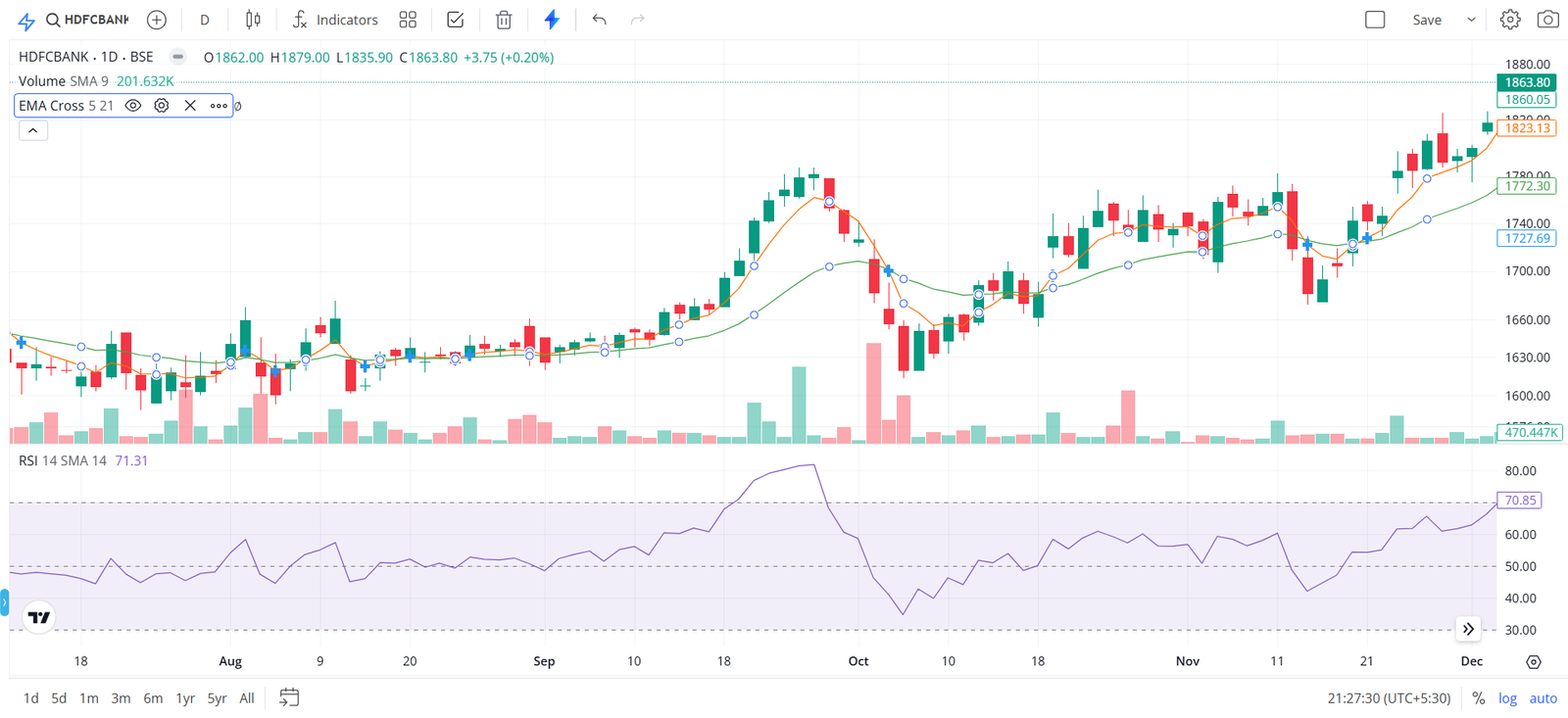P/E (Price-to-Earnings) v/s PEG (Price/Earnings-to-Growth)
1. What is the P/E (Price-to-Earnings) Ratio? The Price-to-Earnings Ratio is a financial metric used to evaluate the valuation of a company’s stock. It compares the current market price of the stock to the company’s earnings per share (EPS). Formula: Key Points about P/E: Example: If a stock is priced at ₹100 and its EPS … Read more
